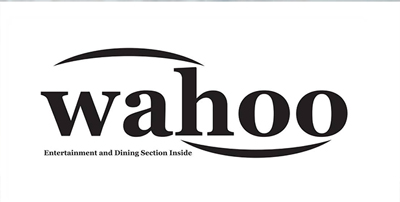The SECURE 2.0 Act is full of great benefits for those saving for retirement. Among the new changes are “super catch-up contributions” for those between age 60 and age 63. While this new higher contribution limit is welcomed by many, it can be extremely complicated and difficult to understand. This week, I’ll do my best to break down the new rules as well as explain who they apply to and when.
1. IRAs
For IRAs in 2025, nothing changes. Those under age 50 with earned income up to the limits can make $7000 in contributions. For those over age 50, they can make an additional $1000 contribution for a total of $8000. Starting in 2026, this number will now be indexed for inflation.
2. 401(k) plans
For those age 50 and older in 2025, they can make an additional $7500 on top of the existing $23,500 limit for a total of $31,000. If you turn ages 60 through 63 during the year, you can contribute an additional $11,250 instead of $7500 for a total of $34,750. If you turn 64 at any point during that year, you are not eligible to make the extra catch-up contribution.
3. 403(b) and 457(b) participants may have additional contribution limits.
For those in a 403(b) with 15 years of service, they can make an additional $3,000 in additional contributions. There are only years of service requirement, not an age requirement, once you are over age 50 in these plans. This extra $3,000 is limited to a lifetime maximum of $15,000 in additional contributions.
4. 457(b) plans are broken down into two types: governmental and nongovernmental. Governmental plans allow for the additional $7500 catch-up. Nongovernmental plans do not allow for the additional contributions. Both plans, however, allow for a unique catch-up option in the last three years prior to retirement. In those years, all 457(b) participants can double their normal contribution limit of $23,500 to a total of $47,000. This limit does not allow for any regular age 50 catch-up contributions in addition to this limit.
5. SIMPLE IRAs take these complicated rules to a whole new level.
Regular 2025 contribution limits are $16,500, or $20,000 for those over age 50. Simple, right? (Pun intended). Not so fast! For “eligible employers,” both of those contribution amounts are increased by 10%. Who does that apply to? Employers who did not have a 401(k) type plan for three years before opening the SIMPLE plan are eligible. Why? I have absolutely no idea! I’ve learned over the last 29 years that sometimes it’s better not to ask questions, just follow along. This bonus is for employers with under 25 employees. Those with over 25 employees can also qualify if they match 4% instead of the normal 3%. If they contribute the normal 2% to all participants, whether or not the participants contribute, then they have to increase it to 3% in order to qualify. In 2025, the contribution limit for those who qualify for the extra 10% is $17,600 under age 50 and $21,450 for those over age 50. Simple, right? Oh, we’re not done yet! Those between the ages of 60 and 63 also get an additional catch-up of $5,250. Those eligible for the extra catch-up can contribute a maximum of $$22,850. Lastly, employers now have the option of making a bonus contribution up to an additional 10% up to a limit of $5,000 for all employees.
Yes, these are incredibly complex rules that seem to get worse with each new bill passed. Please seek advice before making extra contributions so that you don’t violate any of these limitations.
Securities offered through Kestra Investment Services, LLC (Kestra IS), member FINRA/SIPC. Investment advisory services offered through Kestra Advisory Services, LLC (Kestra AS), an affiliate of Kestra IS. Reich Asset Management, LLC is not affiliated with Kestra IS or Kestra AS. The opinions expressed in this commentary are those of the author and may not necessarily reflect those held by Kestra Investment Services, LLC or Kestra Advisory Services, LLC. This is for general information only and is not intended to provide specific investment advice or recommendations for any individual. It is suggested that you consult your financial professional, attorney, or tax advisor with regard to your individual situation. To view form CRS visit https://bit.ly/KF-Disclosures.
Eric is President and founder of Reich Asset Management, LLC. He relies on his 25 years of experience to help clients have an enjoyable retirement. He is a
Certified Financial Planner™ and Certified Investment Management AnalystSM (CIMA®) and has earned his Chartered Life Underwriter® (CLU®) and Chartered Financial Consultant® (ChFC®) designations.















